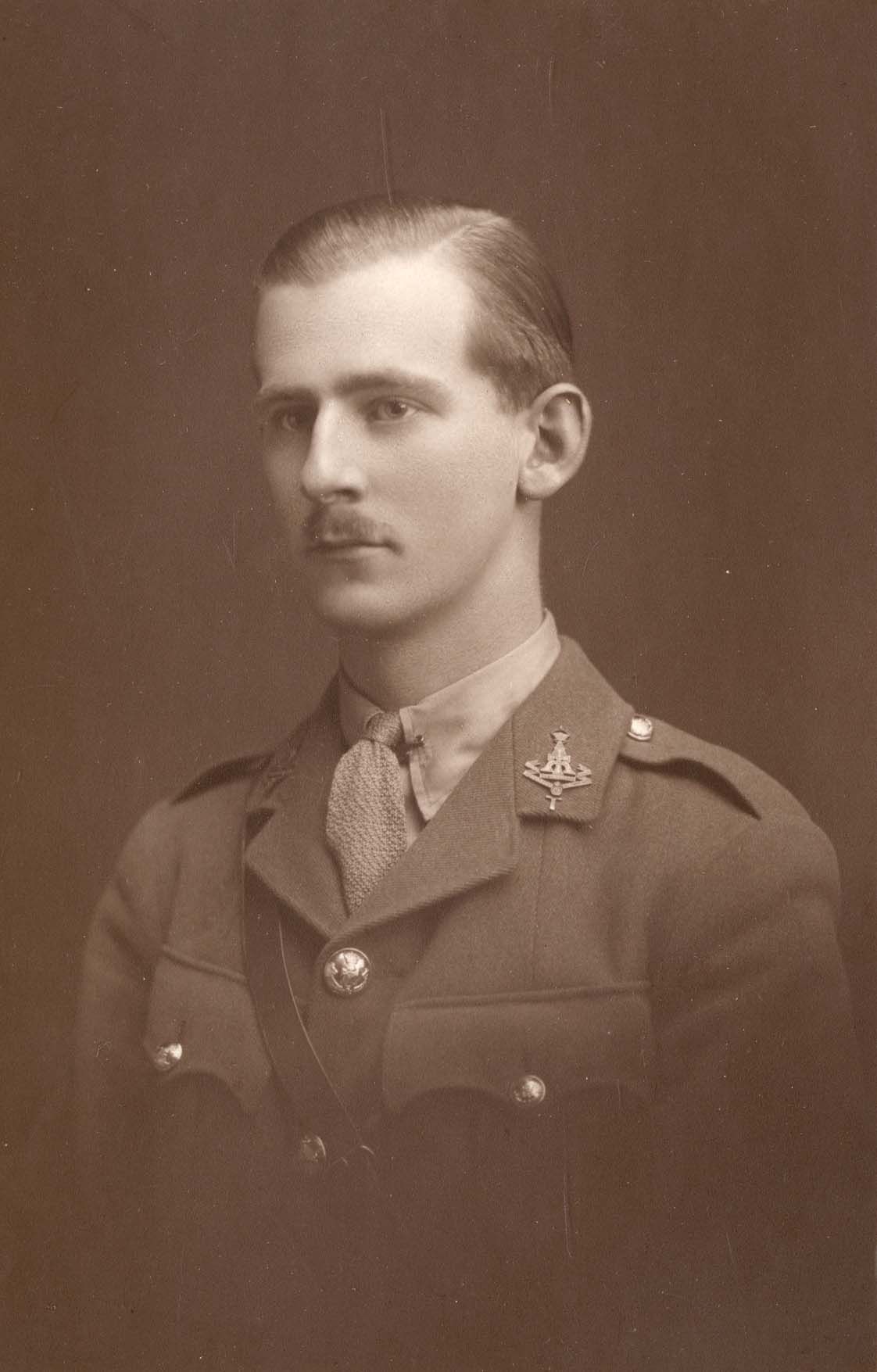
Captain Frank Woodcock 5th Battalion of the Yorkshire Regiment
Captain Woodcock, who was only 22 years of age, was the youngest son of John and Elizabeth Woodcock of Driffield Yorkshire. He was killed in action during an assault on the 15th of September 1916.
Frank was one of 6 children having 2 brothers and 3 sisters, the family must have been “comfortably off” because the 1901 census records his father as “living on his own means” and they had a servant called Margaret.
He was educated at Bridlington School, where he was in the Officer Training Corps (O.T.C.). He became a Second Lieutenant in a Territorial Battalion in December 1912. He was promoted Lieutenant in April 1914 and then to Captain in May 1915.
The Regimental Gazette recorded his death as follows: “The death of Captain Woodcock deprives his battalion of a very capable Company Commander and a very popular Officer.
Despite his youth, he very soon proved himself an Officer of much resource and dauntless courage.
He was wounded when wiring in front of the trenches in July 1915, and returned to France in January 1916 when he succeeded to the command of a Company. It was in this capacity that he showed himself a cool and capable Commander with great initiative and pluck, always setting a fine example to his men when any dangerous work had to be performed.
He was twice mentioned in despatches.
Captain Woodcock is buried at Flatiron Copse cemetery in France.

Explore more memories from the ribbon
-
George and Gertrude Laws, and their children
Submitted by Mike Crisp. Private 47165 George Laws was by trade a painter and decorator from the small market town of Beccles, Suffolk. He joined the 22nd Battalion, Northumberland Fusiliers (Tyneside Scottish) and served in France. On the opening day of Operation Michael, 21st March 1918 his battalion was in the front-line trenches around St Leger / Bullecourt where he was reported missing. His body was never recovered, and he is commemorated on the Arras memorial. According to the battalion diary they suffered 1,130 casualties on that day. George’s wife Gertrude, was heartbroken and never gave up hope of her husband being found, writing to the War Office on several occasions to try and gain more information. It was not until many months later friends of George visited her to relate that George was a member of a bombing party which went to a flank and were never seen again. Not only was Gertrude in mourning but also on the poverty line, forced to bring up 2 small children on her own. To help make ends meet she took in washing, sat with the dying, and laid out corpses for the local undertakers. Her son became the surrogate ‘man of the house’ and it was not until 1968 that he felt that he could leave his mother to get married himself. Gertrude died at the age of 97 in 1977.
-
Matthew Bell
Matthew Bell was born in West Scrafton, Coverdale on 21 October 1895. He served with the Yorkshire Regiment, initially joining before the war with the 4th Territorial Battalion, probably around 1912 according to his regimental number (3899). He later served with the Duke of Wellington’s Regiment (235593) before returning to the Yorkshire Regiment later in the war. He went to France on the last day of September 1915 and survived the war, being awarded the 1915 Star, the British War Medal and the Victory Medal for his service. Matthew died aged only 40. Two of his children are still alive and living in Leyburn but they don’t remember him. His youngest child was born posthumously which must have been very hard for his widow.
-
John Mitton
John was born in October 1876, the eldest son of Warrin and Ellen Mitton of Hawes. His father Warrin was both a joiner and a farmer. John married a girl from the Leyburn area, Mary Teresa, in July 1905 and had two daughters. Before joining the Army he spent four years as a postman in Raydaleside and previous to that, for about 14 years, a rural postman at Finghall near Leyburn. It was while he was there he got married. On leaving Finghall the people on his round presented him with a marble clock, pipe and a pouch containing some money. Needless to say he was a very well liked postman! He played for Hawes football team for many years, and for two years the club secretary. He was a fine billiards player and a member of Hawes Church choir. John was described as a cheery likeable chap. John enlisted at Leyburn joining the 2nd Battalion Yorkshire Regiment and embarked for France at the end of July 1916. On April 7th 1917 the Battalion readied itself for the Arras Offensive which was due to start on the 9th. Private John Mitton was killed on that opening day. He was 40 years old. John is buried in the Neuville-Vitasse Road Cemetary, SE of Arras.
